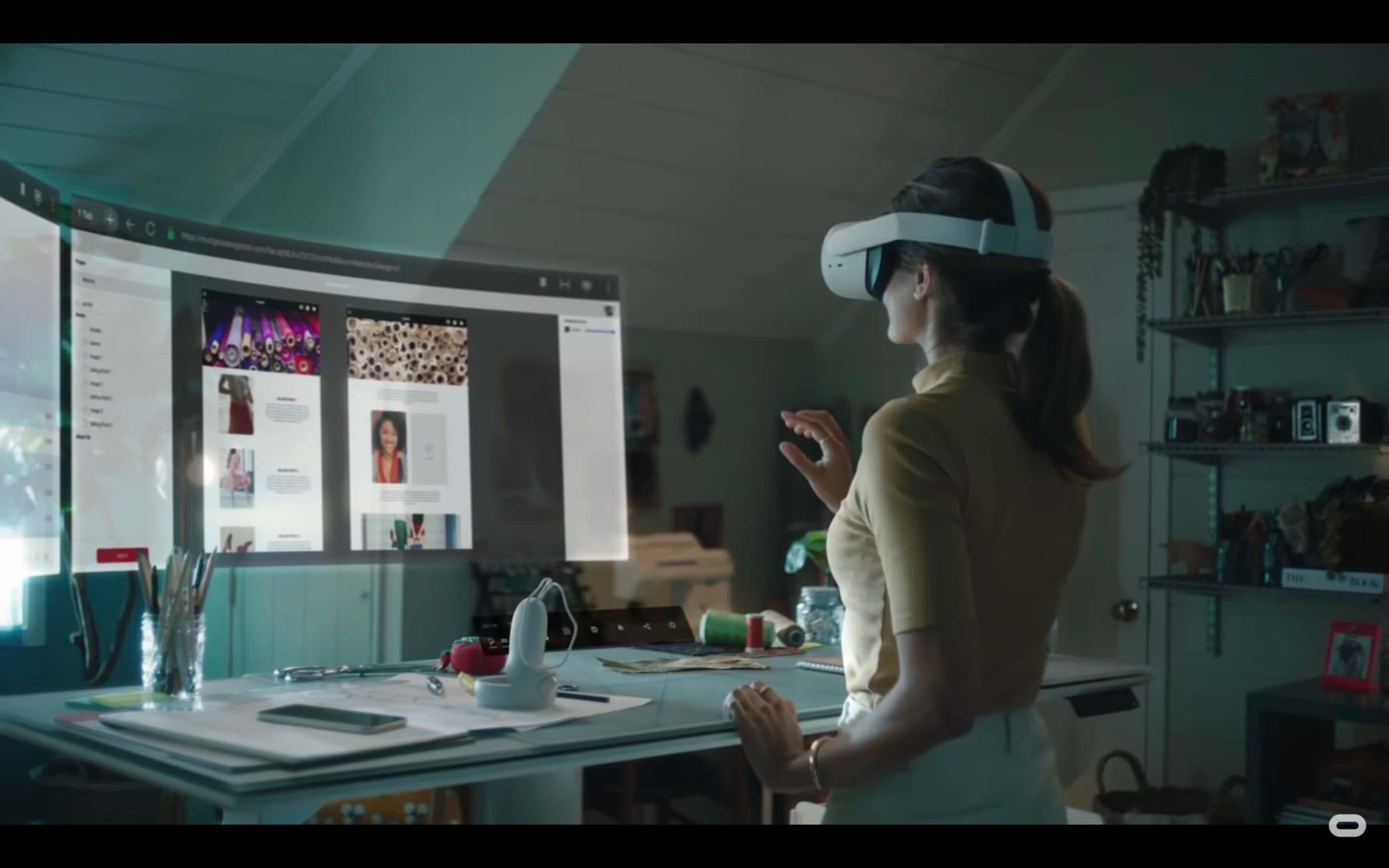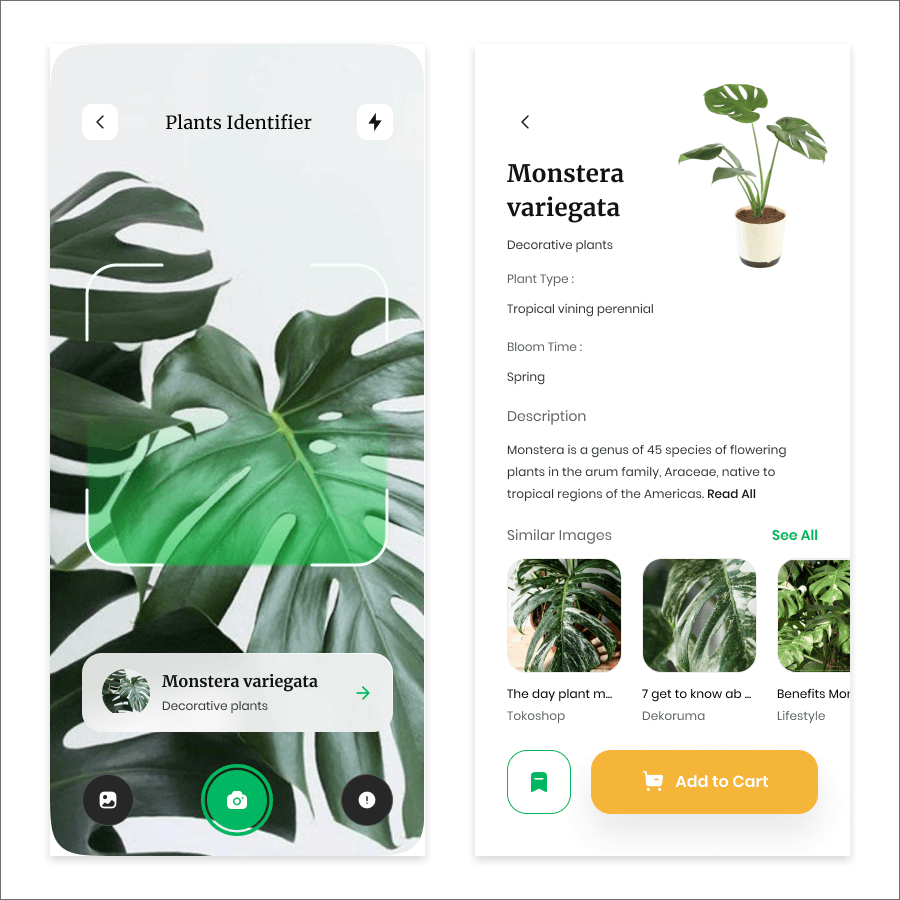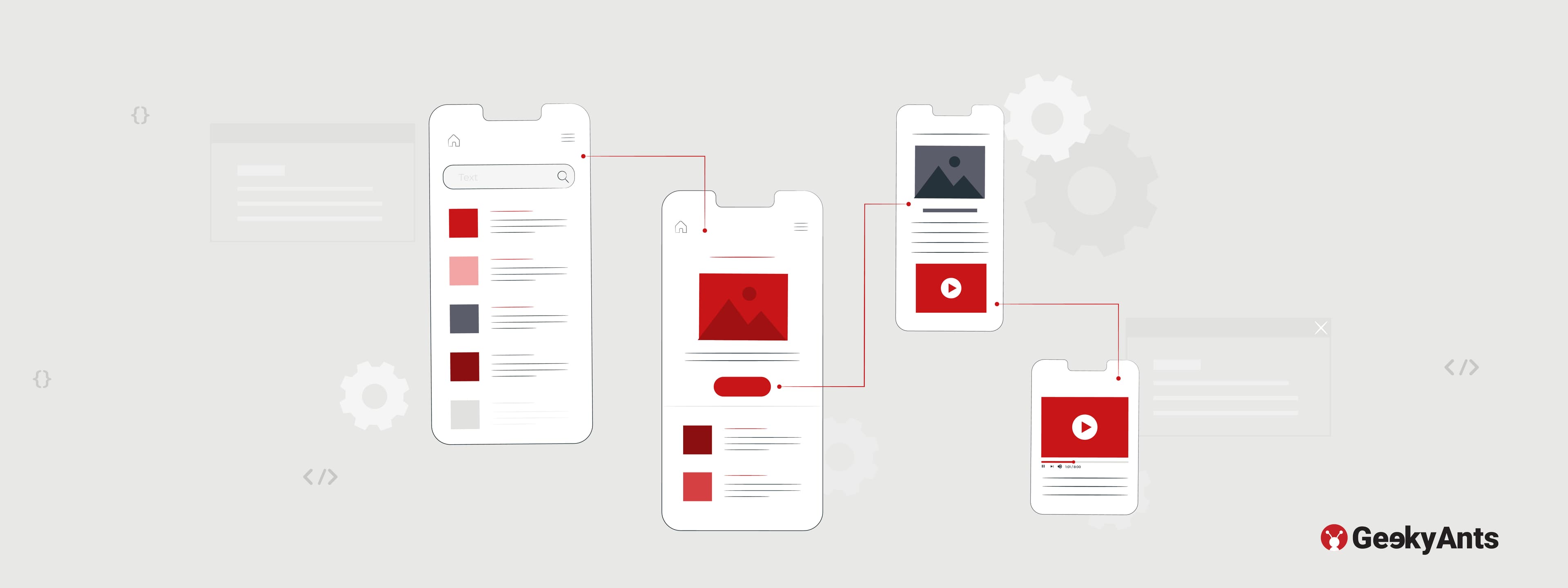Book a call
Over the past year, our daily lives have increasingly moved towards the virtual world and the fast-paced UI/UX design industry has become a hub for constant evolution and integration of new technologies and trends. At GeekyAnts, prioritising changing user preferences and keeping up with all the latest trends is of prime importance, and based on our experience over the years as a design studio, we have curated a list of UI/UX design trends that we believe will prevail in 2022. Read more about there below:
Creative and interactive animations not just help in catching users’ attention but also boost user engagement and they will continue to be heavily used in 2022. A subgroup of animations that will remain a UX trend are micro-interactions – smaller animated elements that give constant feedback to the users. They are essentially animated illustrations and micro-interactions which create an emotional link between the user and the interface. Animated illustrations are galvanizing, and this has been the most effective way of storytelling and we believe this is a trend that will continue to gain momentum.

The art of 3D design will be one of the top trends in 2022. Apart from the presentable sides and a wow-effect, this trend also allowed for practical implementation which makes the job easy for designers. Using this trend, buyers will be able to base their purchasing choices in a better way in the retail industry. Users can take a look at the product from different angles and get a sense of how it feels in real life via a 3D model. This trend allows for 3D elements to be used to give a realistic feel, such as with the new macOS and windows 11 wallpaper.

The remote working trend has created massive opportunities for remote AR-based or VR-based training and virtual events and we will see an expansion of AR/VR for B2B purposes. In the retail industry, companies have started implementing AR/VR solutions to promote their products and one of the most well-known use cases is IKEA’s AR-based app. VR/AR will open a lot more opportunities for UX design in 2022. Some fitness apps also combine innovative AR trends and classic features of workout apps to make it a better experience for users.

Facebook recently launched a VR app to create a metaverse environment and it is one of the big reveals at the end of 2021 and this will continue in 2022. It is a virtual world where users will be connected by wearing a VR device. Using the features of this launch, designers will be able to enrich the user experience by using these kinds of technology mainly in gaming, e-commerce, lifestyle, and productivity industries.

5. VUI - Voice User Interface
Voice User Interfaces such as Amazon Alexa and Google Assistant are becoming more popular than ever and it also brings convenience and hands-free interaction with devices. For instance, users can search for products, take notes and search for routes by using their voice rather than typing it. Another important use of voice access is that it will help people with disabilities to operate their apps with full potential. Designers can explore this evolving technology and use it to its full potential to see how it can increase user engagement.

6. Personalized Experience
This year will be all about offering personalized and localized user experiences and content to your users. Amazon, Flipkart, and Netflix are already using these algorithms and this trend will continue for the foreseeable future. Designers can create a tailored experience based on the user’s wants and needs through research and data collection. For example, rather than having a default avatar for users, we can use a personalized avatar based on their gender. Platforms should allow users to customize their dashboards, notifications, and the contents they see and implementing a personalized experience effectively provides for this. As per the research, for most Western markets, email is the preferred login method while the mobile number is the default choice for Asian markets.

7. Design Systems
With the availability of easy-to-use and scalable tools such as Figma, companies can now create versatile design systems. This will help designers to work rapidly while consistently adhering to the same standard and quality. Design systems create a common library for UI design to be used by everyone within the same company or even external parties. This can help huge companies as the users will be able to see the uniformity throughout their different applications.

8. Adapting to smaller as well as larger screens
Users have increased their usage for smart devices and Google has also updated Material Design to expand its adaptive capabilities to help prepare apps for all form factors. As it is one of the top trends, it is time to start looking at methods for adapting your designs to larger screens, such as foldable phones and desktops and smaller screens such as smartwatches, wireless headphones, VR headsets, etc.

9. Asymmetrical layout
This year, most of the trends are aimed at attracting users’ attention, and implementing an asymmetrical layout is also one of them. Users are already bored with the same predictable and simple page layouts which are built mostly under the same bootstrap grids. The asymmetrical interface layout is another answer to the requirement of personalization. The trend is predicted to be prevalent for menus, buttons, all kinds of content, and graphic elements. However, it should be used in moderation as unusual proposals are meant to subtly attract the user’s attention but an excess might also annoy and discourage the passage of subsequent views.

Super Apps are more in demand right now. Businesses are finding it advantageous to be the first mover in the race for integrating services such as messaging, social media, payment, e-commerce, food delivery, cab-hailing, and many more under one app to reduce its complexity. Many major apps have also added collaboration features into their apps. All these additional features have increased the complexities of the app and these complexities have led to confusion and a drop in the user experience for users. In 2022, designers will be demanded to minimize the complexity of the apps and to enhance the user experience. While companies continue to clutter more offerings and services into their apps, it will be up to designers to keep the interfaces clean, intuitive, and minimalistic.
I hope this article has helped you to understand the emerging UI/UX trends. Think about how you can merge these elements into existing projects or as a part of something new.
Disclaimer: These images have been taken from the internet.
Dive deep into our research and insights. In our articles and blogs, we explore topics on design, how it relates to development, and impact of various trends to businesses.





